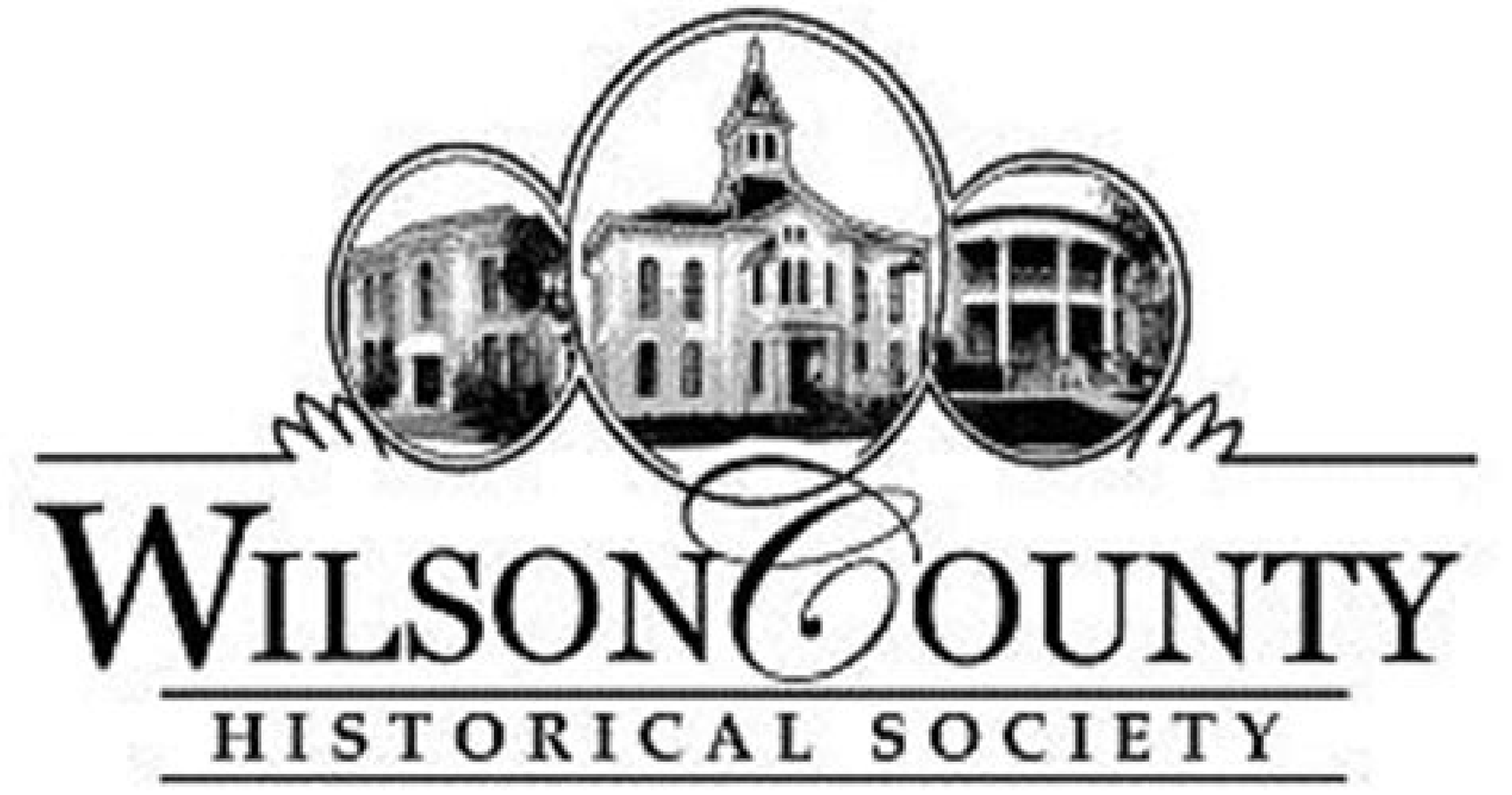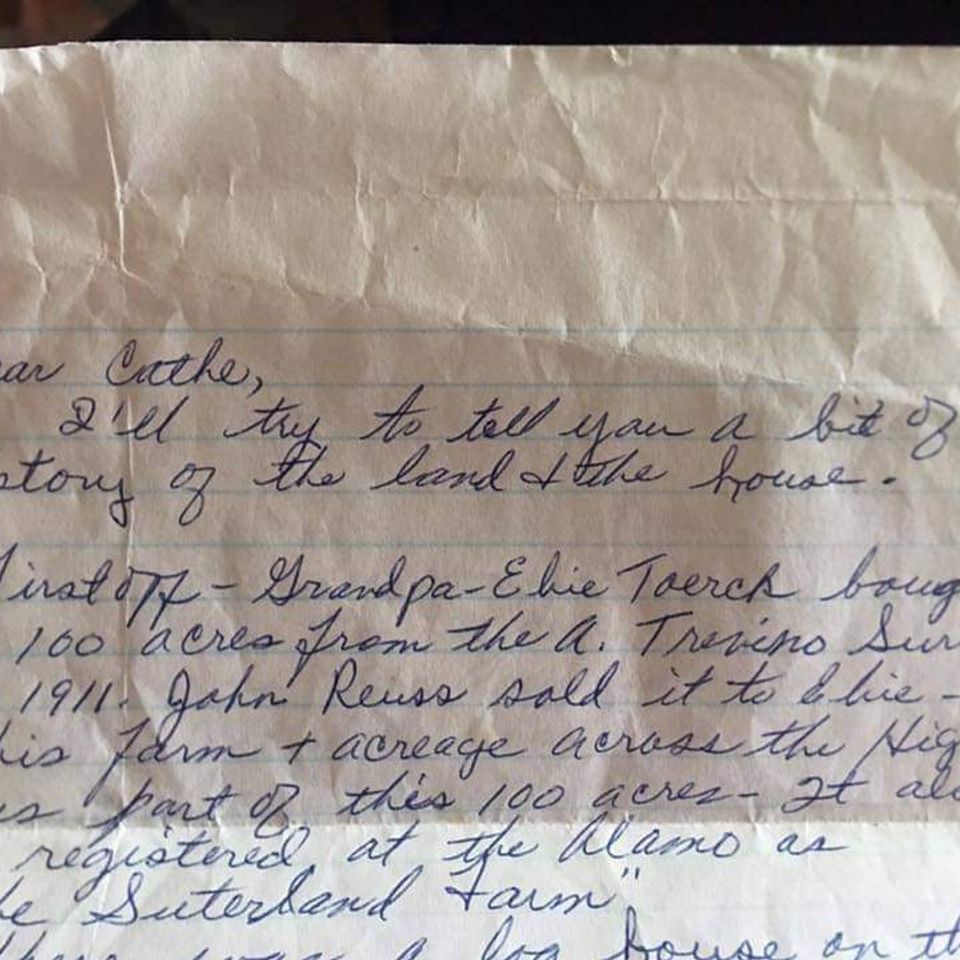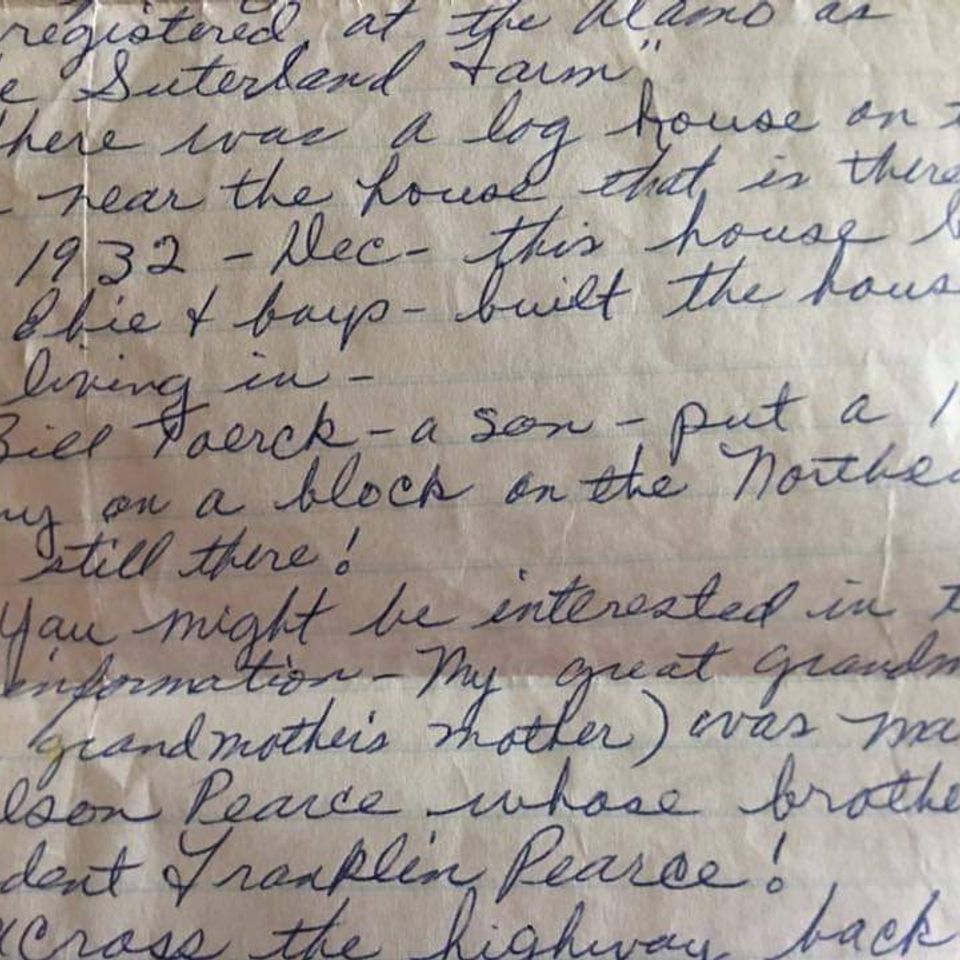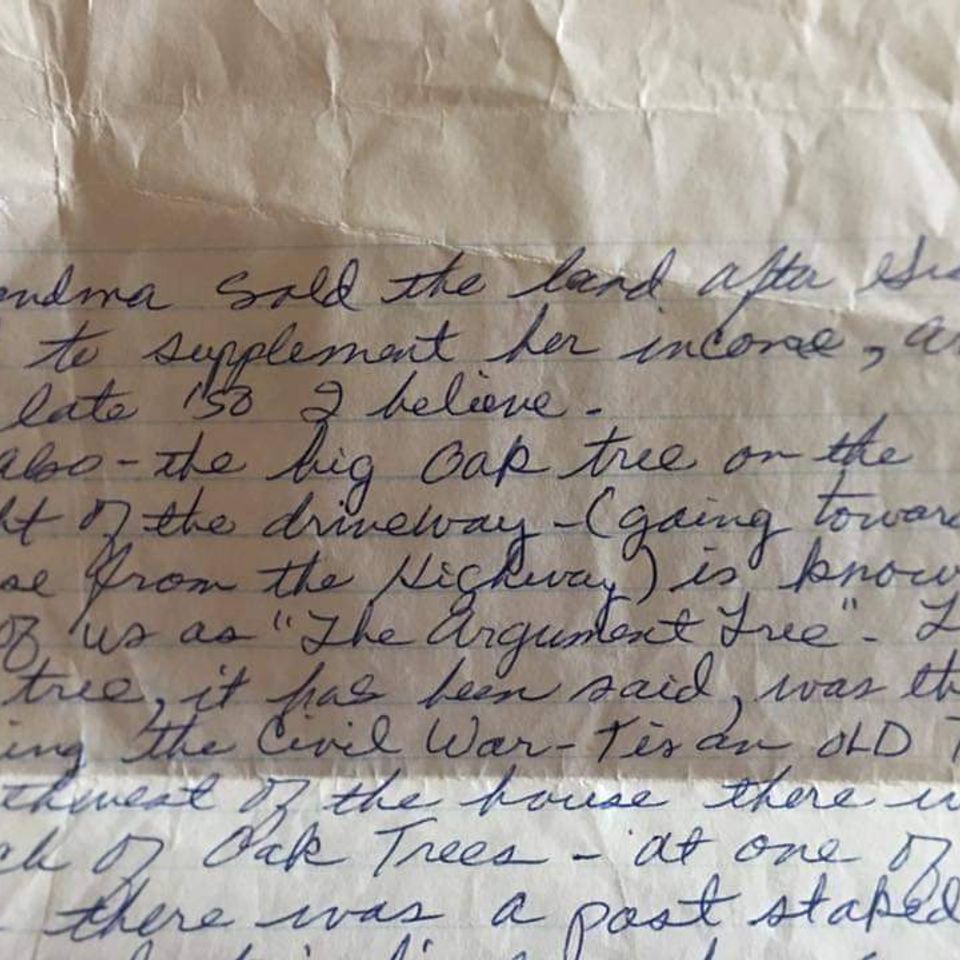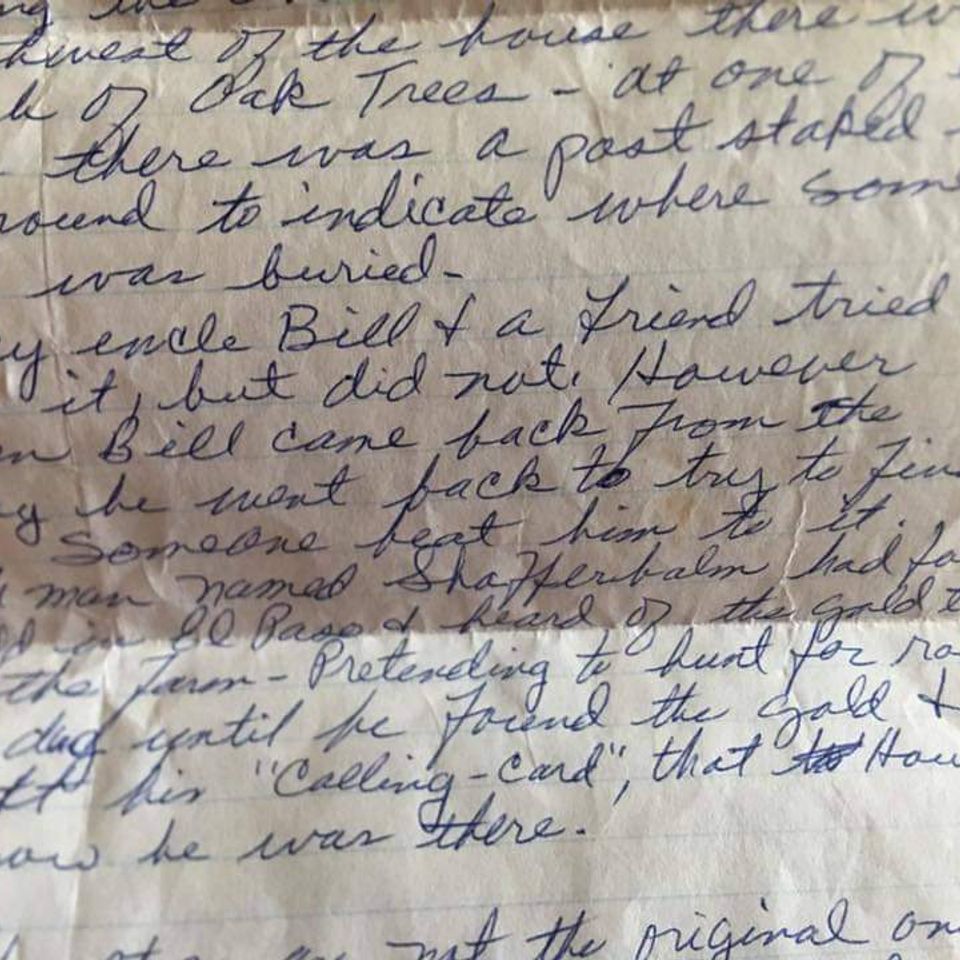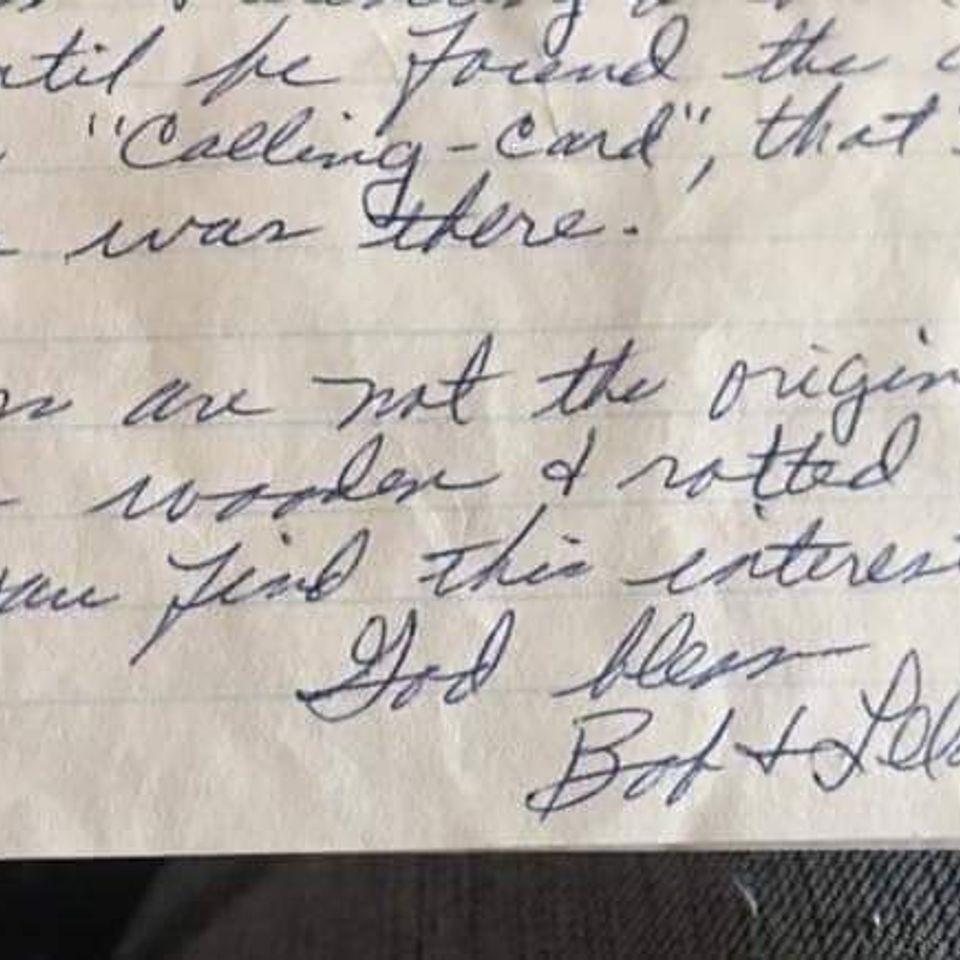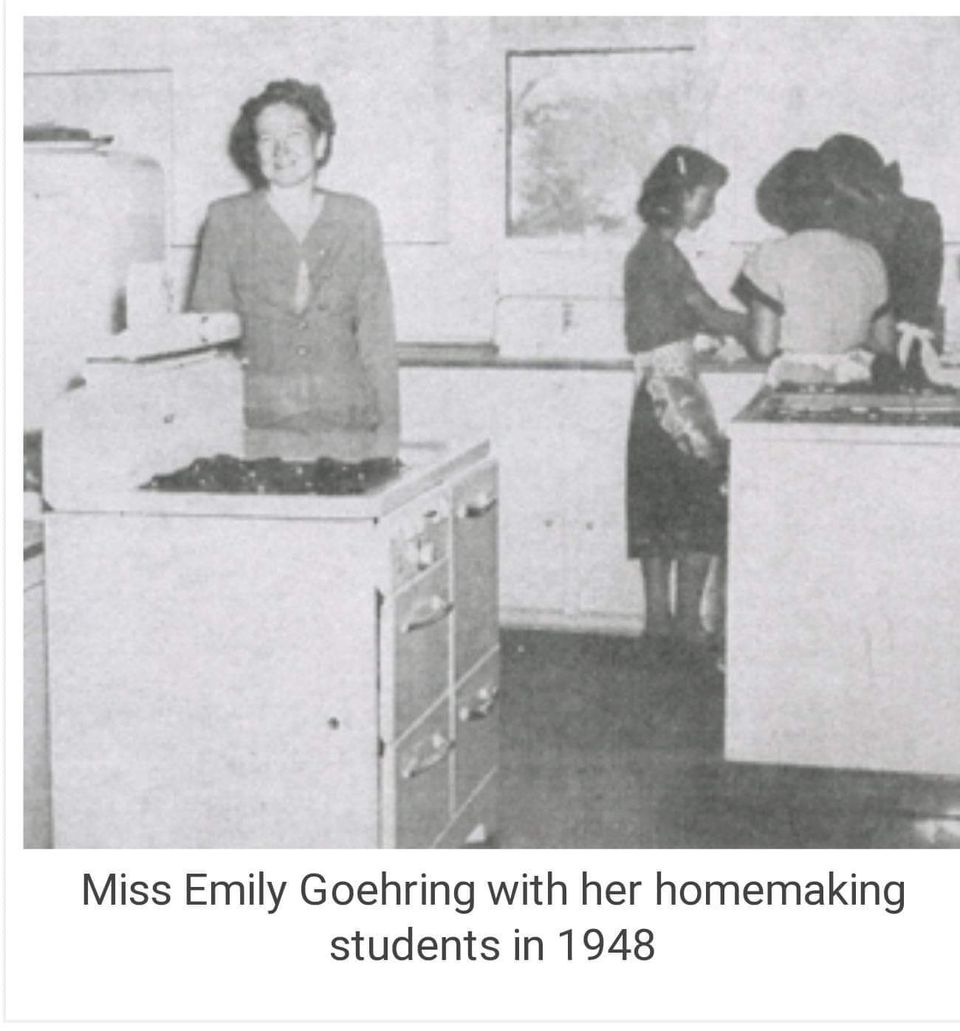Letter from Wilson County in 1873 .... compiled by Alfred Menn back in 1873, one "Saxet" — which is the name Texas in reverse — wrote an interesting letter:
"Colonies of Freedmen settled on the Cibolo, Several years ago and numbers of them purchased a considerable tract of land from Doctor Houston, went to work and put it in cultivation. From what I understand, they have paid the last dollar of the purchase money. They are now the landlords of good farms and comfortable houses to live in. Some of them have gardens, flowers and orchards."
"The merchants in Wilson County in 1873, do a good business, mostly for cash. We have three small towns in the county: Floresville, Sutherland Springs and LaVernia. We have no railroad running through our section."
"The wine presses of the Houston brothers were able to produce some 1,200 gallons of wine last season. This wine commands a ready sale at $3 per gallon."
"We have both black and white sulphur springs at Sutherland Springs."
"My orchard has furnished me this year with peaches, plums, grapes and figs in the greatest abundance."
"The corn crop I noticed on Hugh Wiseman's place, near LaVernia, would almost hide a person on horseback. Saxet."
Wilson County in 1876: The editor of The Frontiersman visited in Floresville in 1876, 80 years ago. He had this to say:
"First passing through the assemblage of Mexican habitations known as Lodi, the traveler takes his choice as to which of the two villages is the superb of the other, they being located only a short distance from each other."
"Floresville, in 1876, is a young town of board structures, unfenced and incomplete. There are two or three hotels, two or three stores, and a number of temporary-looking houses. There is also a town well."
"The blessed Sunday law is in operation in Floresville, and no hungry and weary traveler has a chance to buy refreshments for himself, or feed for his horse, between the hours of 9 a.m. and 4 p.m."
"Wilson County had been drenched by frequent heavy rains, and the local farmers were sure that Wilson would be one of the banner counties in this section. Heavy rains!"
The following is reported just as we found it (1876): Sutherland Springs is getting to be quite a village in 1876. The town was laid out in 1854, by the late Dr. Sutherland, sometime before the County of Wilson was organized. At one time the place was the county seat of Wilson County, until Floresville became the county seat in later years.
D. and A. Oppenheimer, of San Antonio, own a fine mill here, consisting of cotton gin, sawmill and gristmill.
There are many excellent orchards here.
Landowners have cut up over 20,000 acres of good land into small tracts, within six miles of Sutherland Springs, and put it on the market at from $2 to $3 per acre.
On crossing the Cibolo, on whose banks the town is built, one can smell the immense Sulphur Spring, ten feet in diameter, boiling up with gas, like a large cauldron; and, to add to his surprise, he finds, on jumping into this tempting bath, that the human body floats around, and is tossed about like a cork. He is astonished to find that to sink beneath the water is impossible.
To the left of the road, and about opposite, at a distance of some one hundred yards, is the beautiful White Sulphur Springs, ten feet in diameter, four feet deep, and discharging two or three hundred gallons of water per minute, as clear as crystal and as cold as ice!
Leaving these mammoth springs and driving into a dense forest over a level road, in about one mile and a half you come to the Famous Sour Spring.
Floresville, in 1876, had a commodious courthouse. The jail alone is said to have cost $6,000. The following were then being built in Floresville: A two-story tavern a lumberyard, three stores, gin house, a blacksmith shop and a steam mill.
Back in 1876 the tournament at Sutherland Springs was a popular affair. A large crowd had attended. A fine barbecue was enjoyed under the live oaks, after which 14 gaily-dressed knights, on prancing steeds, with banners flying, and music playing, appeared on the grounds. They formed in line and naturally went for the rings.
The first tilt was opened by Mr. Martin, Knight of the Second Sergeants, and was followed in quick succession by the other knights in the following order: Dr. Williamson, Knight of the Mutilated Heart; James Wyatt, Knight of the Sable Plume; Frank Yelvington, Knight of Mexico; Martin Covington, Knight of the Red, White and Blue; Will Hammond, Knight of the Wax Rosette; Will Warren, Knight of the Centennial; Emerson Warren, Knight of the Lone Star; Pat Craighead, Knight of the Golden Fleece; Charles Stevenson, Knight of the Cibolo; Will Loomis, Knight of the Lost Chance; T. Veery, Knight of the Spring; and Orin Stevenson, Knight of Love.
After an hour one of the closest contests ever witnessed in a tournament, the herald announced that the Knight of the Centennial, and the Knight of the Second Sergeants had tied at eleven rights each, for the honor of crowning the queen; the Knight of the Red, White and Blue won third honors.
In a few minutes after the result of the tournament was announced the crowd greeted with cheers the appearance of the beautiful Miss B- (no name given) on the platform erected for this purpose, followed her maids of honor. The sir knights on foot promptly formed a guard around the throne, when each lady in succession was crowned with appropriate ceremony.
During the late 1870s, the two potteries at La Vernia supplied not only all of this section of Texas, but, they also shipped a good deal of the material east of the Colorado River. And barbed-wire was being introduced to uneasy Texans. It wasn't until a few years later that serious troubles started between the large and small cattlemen in Wilson County.
Wilson County as described in 1876, eight years ago: Wilson County, in 1876, contains something over 900 square miles of territory, and have a population of about 5,000 persons. Wilson County has a voting strength of about 1,000. The county seat is Floresville. The town in 1876 is improving. Floresville now has a population of about 500 persons, of whom more than one-half are Mexicans. Improved lands, in 1876, can be bought from one to three dollars per acre. In this section, in 1876, can be seen in operation, the system of large pastures, which is rapidly gaining ground as the cheapest way of raising stock among the stock-raisers.
Thomas Dewees has enclosed about 25,000 acres; John Camp, about 10,000 acres; Rosser, Mitchell and Presnall, about 40,000 acres; and J. Ellis, about 6,000 acres of the richest prairie land, covered with mesquite grass that furnishes food summer and winter for their stock.
Oats and wheat have been grown with much success. Their acreage, in 1876, is double what it was last year. Millet, sugar-cane, peas, potatoes, Irish and sweet potatoes, melons, and pumpkins all grow and produce well.
A large number of persons were seeking health at the famous Sutherland Springs. Quite a number of persons had come from Galveston. Colonel Robert Houston, who lived near the springs, was then known as one of the greatest fruit-raisers in this section of Texas. He cultivated every imaginable kind of fruit.
We wonder how many people down here ever heard of Bill Longley. He was then one of Texas worst desperadoes. He was a cold-blooded killer. He once came into this section of Texas, but he left when life became too tame. He wasn't happy unless he was triggering his pistol
[This article by Alfred Menn was found in the Wilson County Texas Historical Commission Archives. Submitted by Gene Maeckel.]
************************
COURTESY / Wilson County News
